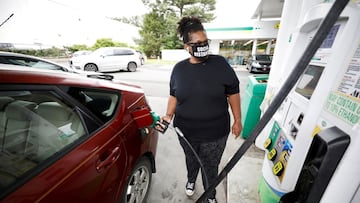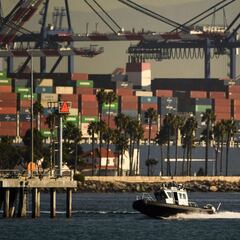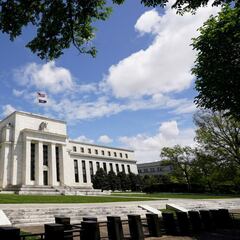Why are gas pricing increasing in October 2021?
Consumers are seeing prices at the pump they haven’t seen since 2014, with a gallon costing a dollar more than last year prices are expected to keep rising.

Americans have been watching prices increase on just about everything as the economy continues to recover from the damage wrought by the covid-19 pandemic. The basic reason behind the rising prices are supply shortages caused by bottlenecks in the supply chain and producers getting back to pre-pandemic levels of output.
One price increase that is especially hard on American families is the rise in the price of gasoline they pay at the pump. The average price per gallon is up a dollar compared to the same time last year, prices not seen since 2014. What’s driving the price of gas up?
Also see:
- Global supply chain crisis sees port delays double
- How much does space tourism cost?
- Apple hears the pleas
- The Great Resignation: Why are Americans quitting their jobs at record-high numbers?
Crude oil surpasses $80 per barrel
The average driver is paying around $3.35 per gallon in the US according to AAA, but prices vary across the nation. Those who live along the I-35 corridor are seeing the lowest prices right now with Oklahoma still under $3.00 a gallon. But in the Northeast and especially in the West consumers are shuddering when the go to fill up. Residents of California are seeing the highest prices with the average gallon costing around $4.52, although they also have the highest gas tax in the nation.
Gasoline prices have risen in line with the increased price for a barrel of crude oil. In turn the price per barrel has jumped for the simple reason of high global demand for crude oil and tight supply, and it looks likely to stay high through next year. The price of a barrel oil has been climbing since the price collapsed during the pandemic dropping to just over $16 a barrel in April last year. However, in the past two months there has been a 21 percent jump in West Texas Intermediate (WTI) crude oil pushing it over $80 per barrel.
Today's #gasprices update: The US national average price of gas has risen again this week to $3.30/gal.
— GasBuddy (@GasBuddy) October 18, 2021
How much did you pay the last time you filled up? ⛽️ pic.twitter.com/QeqX1OFRHH
Prices will likely remain high through next year
Related stories
As the Northern Hemisphere begins to experience colder temperatures with winter approaching, the demands on coal, natural gas and oil will only continue to increase. This will translate into further price increases in the short-term. US households will see not just the price at the pump jump but also what they pay to heat their homes, this winter looks set to be one of the coldest and longest according to Janice Stillman, editor of The Old Farmer’s Almanac which they have dubbed the “Season of Shivers.”
Louise Dickson, senior oil markets analyst at Rystad Energy told Reuters “the market is experiencing a supply deficit, which is spurring deep inventory draws and driving prices upwards." He expects the this to continue deep into 2022 and “crude oil supply will only catch up with crude demand by the fourth quarter of next year," Dickson said.
U.S. average price for regular-grade #gasoline on October 18, 2021 was $3.322/gal, UP 5.5¢/gallon from 10/11/21, UP $1.172/gallon from year ago https://t.co/LoMEMMrhP9 #gasprices pic.twitter.com/VJyBDf3xBe
— EIA (@EIAgov) October 19, 2021


